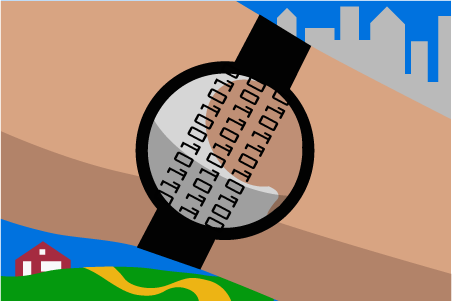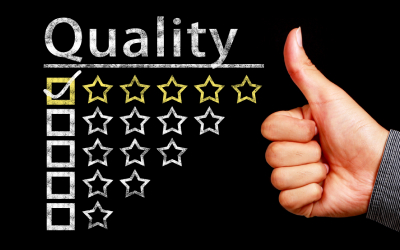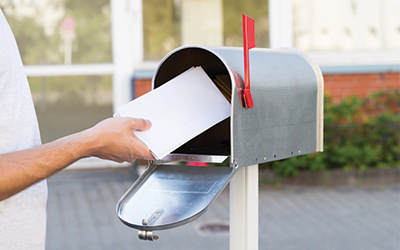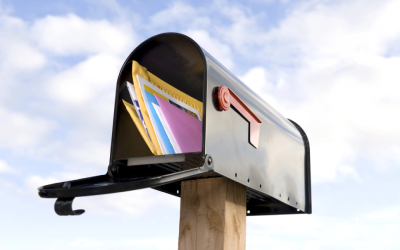One of the many subsets of the Internet of Things is wearables. It would seem that the early momentum in the wearable space favors the wrist. First among them continues to be fitness trackers, followed by smartwatches. (Other forms of wearables are certainly promising but have yet to gain as much traction.) The potential as a source of user data is considerable. Health, entertainment, travel, all are robust realms of activity that are sure to yield troves of data useful to demographers, caregivers and direrct mailers. Ad serving will no doubt be a part of the experience, monitoring needs on a moment to moment and location specific basis. Stores will beckon with beacons. Coupon programs such as P&G Everyday contact users wearing internet enabled wearables with coupon opportunities to save on products. A similar approach can be envisioned for B2B. Direct response may morph into immediate response.
Health – Predictive, Preventive, Diagnostic
Health trackers keep users on top of their vitals in real time. They can compile metrics surrounding activity such as steps and distance. Captured and stored this kind of data can provide feedback versus goals. Signs of fatigue, hyper- and hypothermia could be detected. There is the potential to keep users on a path to better patterns of behavior such as rest and sleep. Integrated with health profiles these devices could provide alerts in support of pharmaceutical protocols and PT regimens. Responsible gathering of user data and integration into relevant marketing programs could prove beneficial to users and profitable for the health care industries.
Entertainment – Video, Music, News & Sports Updates
Video consumption will continue to explode and wearables will deliver these experiences. Wearables will likely serve the same function as remotes do now when large format screens are available. Music has been a mainstay of the portable media device world for a long time, and will no doubt figure prominently with wearables as streaming services flourish. The public’s voracious appetite for news and sports updates will be met via wearables.
Home – Remote Monitoring, Security, Climate Control, Inventory
Pre-heat the oven when you’re 10 minutes from home. Feed the cat. Adjust the thermostat. Rest easy while on vacation knowing the furnace is being monitored and your home is under surveillance. Apps and online services accessible via wearables enable all this and more. Just spend some time in the home of a couple with a newborn. The Nest monitor allows constant monitoring of the baby in the next room while parents grab a quick bite or even…watch TV. Networked appliances will notify wearable users when the freezer needs defrosting, or a lightbulb has blown out.
Calendar – Scheduling, Access, Traffic, Wayfinding
Remember the White Rabbit? Had he received an alert from his internet enabled watch he would not have been running so late. Calendar apps will help people be where they need to be on time. And if they’re stuck, meeting platforms will get them together anyway. Crowdsourced traffic apps, ride hailing services and map/wayfinding sites and apps (voice-enabled of course) will keep drivers, passengers, cyclists, runners and pedestrians on course and on the move. Watches can respond to beacons embedded in roads, paths, sidewalks and signs.
Further, as manufacturers begin to work together to create industry standards, more devices will be able to communicate and produce data that is beneficial to wearers and the marketers who yearn to reach them. Truly, the digitally enabled Internet of Things will have people wearing the world on their sleeve.




